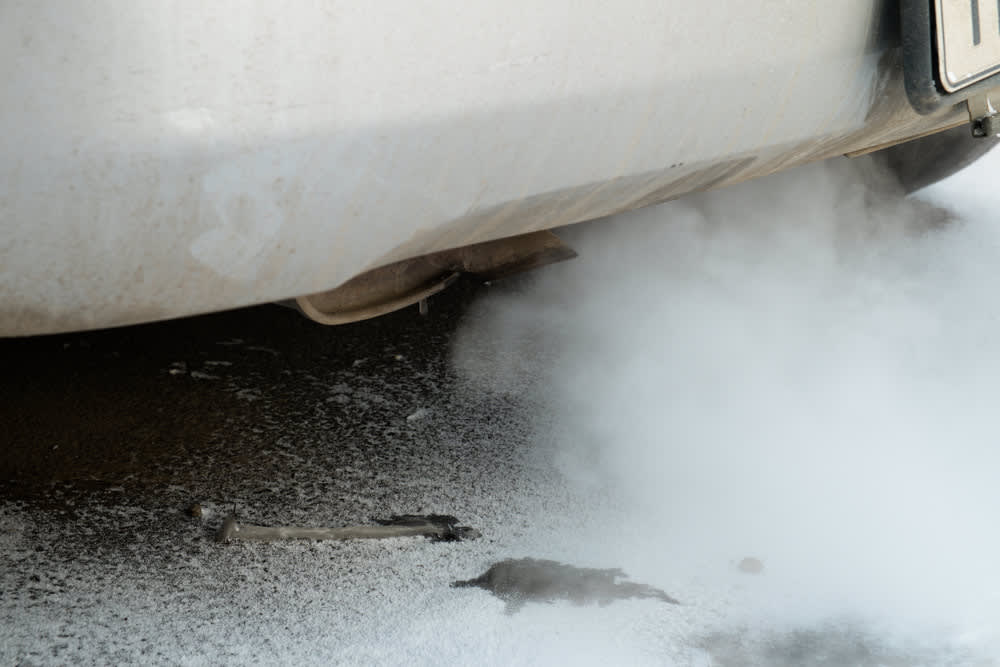

There’s a very simple answer to the question of whether or not exhaust fumes can ever get into a car’s interior – yes they can. This happens more often than you might think, and it’s never a good thing. If you’ve noticed the smell of exhaust in your car and the door isn’t open while the engine is running or you’re not parked in a garage, it’s a sign that you need exhaust system repair.
The potential causes
Before we touch on repair-related problems, let’s look at a couple of other potential reasons you might be smelling exhaust inside the car.
Door open, engine running: If you’re sitting in your driveway or a parking lot with the engine running and the door open, there’s always a chance that the wind will blow your car’s exhaust into the interior. However, the smell should dissipate quickly once you start driving. If it does not, this isn’t your issue.
Parked in the garage: If you’ve parked the car in the garage and the engine is still running, it’s possible for exhaust fumes to get into the car’s interior. Car cabins are not airtight, and if the engine is running in an enclosed space (even if the garage door is open), it’s very possible for some exhaust fumes to make their way inside.
However, if you smell exhaust in the cabin while the car is running, then neither of the previously mentioned issues is what’s wrong. Chances are good that there’s a leak somewhere in your exhaust system. There are two possible locations:
The exhaust manifold: The exhaust manifold connects your engine with the exhaust pipes under the car. However, over time, it expands and contracts a great deal with engine heating and cooling. This can lead to cracking, which will release exhaust into the engine bay and the car’s cabin. It’s also possible that the manifold gasket has failed, which will have the same result.
The exhaust pipes: Exhaust pipes are made of metal, and while they’re durable, they are susceptible to rust and other damage. Over time, they’ll deteriorate, and holes can actually form in the pipes. These can release exhaust from under the car rather than out the muffler, and those fumes can enter the car’s interior.
If you smell exhaust inside your car’s cabin, there’s a chance that you have a leak. It should be inspected and repaired immediately. Exposure to high concentrations of carbon monoxide (found in exhaust) can be lethal.



